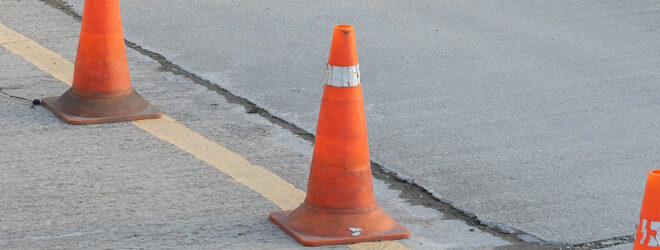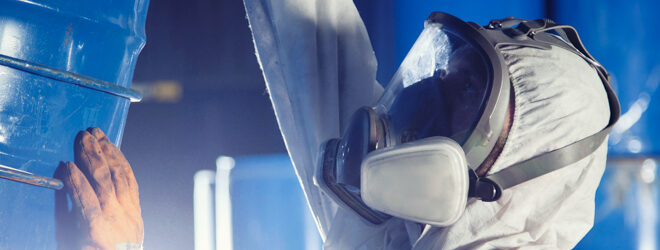Whether you’re in construction, manufacturing or any other industry where workplace hazards are more likely to occur, keeping your employees safe is a top priority. On-the-job injuries will not only affect your company’s production and bottom line, they can also have an impact on the morale of other employees.
Personal protective equipment, or PPE, ranging from hard hats to safety boots and many things in between, is a vital component of every occupational health and safety program. This is the equipment workers wear to keep them safe in potentially hazardous work environments.
PPE works quite simply by placing a barrier between the worker and the hazard. The type of equipment required varies widely, depending on the type of workplace, the kind of the work being done, and the nature of potential hazards that may be present.
- Head protection: The familiar hard hat is designed to protect the wearer against injury to the head. Different types and classes of hard hats provide protection against impact and penetration from above or laterally, as well as providing different levels of protection against electrical contact.
- Eye protection: Protective eyewear can range from safety glasses to goggles to masks and face shields. Any work that involves hammering, drilling, cutting or other operations that can cause particles to fly requires eye protection. Safety glasses, preferably with side shields, provide impact protection against flying objects, while well-fitting safety googles give protection against dust and debris in the air.
- Hearing protection: Exposure over time to loud noise is the leading cause of hearing loss. This is why workers exposed to noise in the workplace must wear hearing protection at all times. Choices include ear plugs, generally made of soft foam that fits snugly in the ear canal; semi-insert plugs, or ear bands, with reusable plugs fitted to a rigid headband to hold them in place; and ear muffs, which fit completely over each ear.
- Hand protection: Protective gloves come in many different types designed to deal with many different hazards. Chemical protective gloves are available to provide protection against exposure to many different chemicals. There are also protective gloves designed to protect against abrasion, cuts and punctures. Others can protect against extreme heat and cold.
- Breathing protection: There are many types of breathing protection available, ranging from simple dust masks designed to filter out airborne particulates, to chemical canister respirators and even supplied air breathing apparatus used where oxygen levels are low or toxic gases are present.
- Foot protection: Safety footwear comes in various types designed to protect against a range of workplace hazards. Impact and crush resistance – the familiar “steel toe” or hard cap – can be one of the key requirements, along with puncture resistance for the sole and sides of the footwear. Other safety features may include protection against electrical contact, slip resistance, ankle protection and, for certain types of specialized foot protection, even cut resistance.
- Specialized PPE: There are many other types of PPE that are used in specific industries and applications: the welder’s face shield that protects against intense UV light, the chemist’s splash guard face shield, a chainsaw operator’s cut-resistant pants and even high-visibility clothing or vests worn by traffic control personnel are just a few examples.
Health and safety legislation requires the use of appropriate PPE in the workplace and generally spells out specific duties for employers, supervisors and workers. Workplace policies in line with the concept of “due diligence” often need to go well beyond the legislated minimums.
Every workplace where potential hazards are present should have a formal PPE program, guided by written policies and procedures that spell out what types of equipment are required for which jobs and locations. PPE also needs to be properly maintained and inspected on a regular basis. And finally, make sure that your workers are fully trained in the proper use of their equipment.
PPE can be a very effective line of defence against hazards in the workplace as long as it is properly and consistently used by all.




